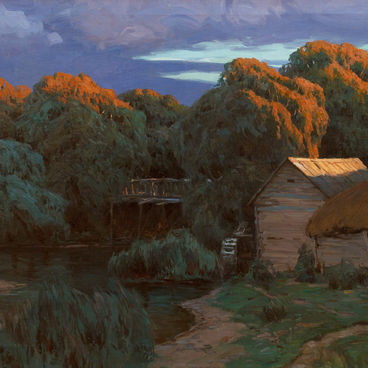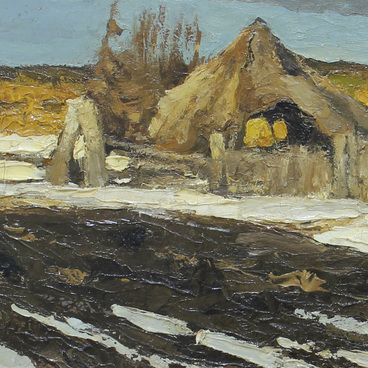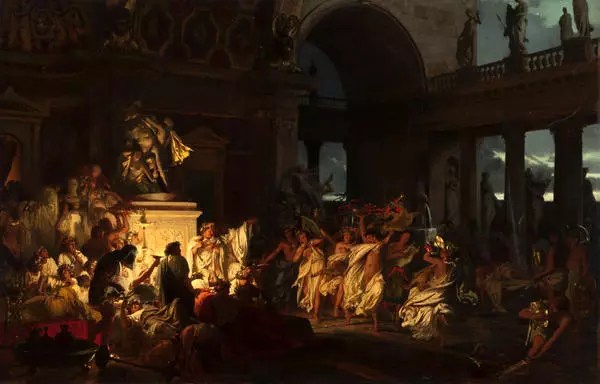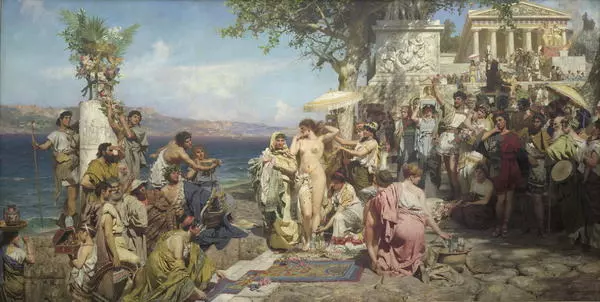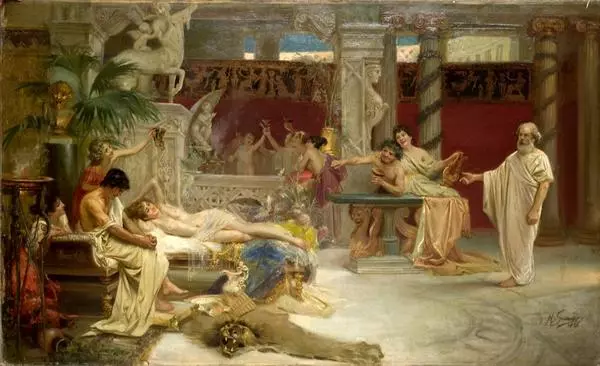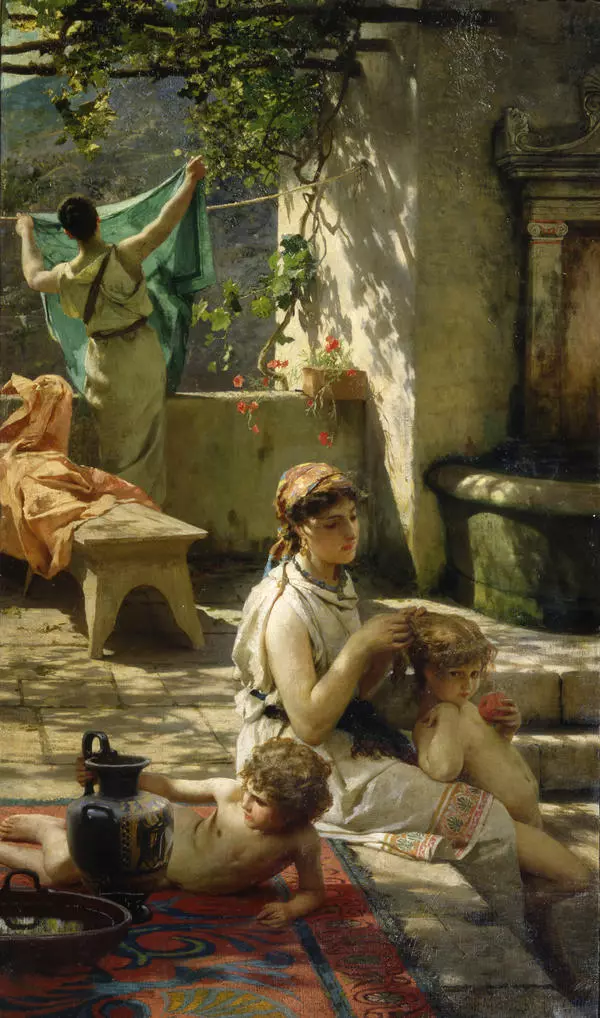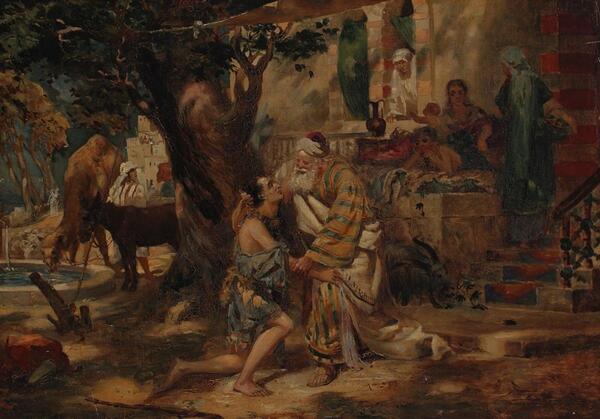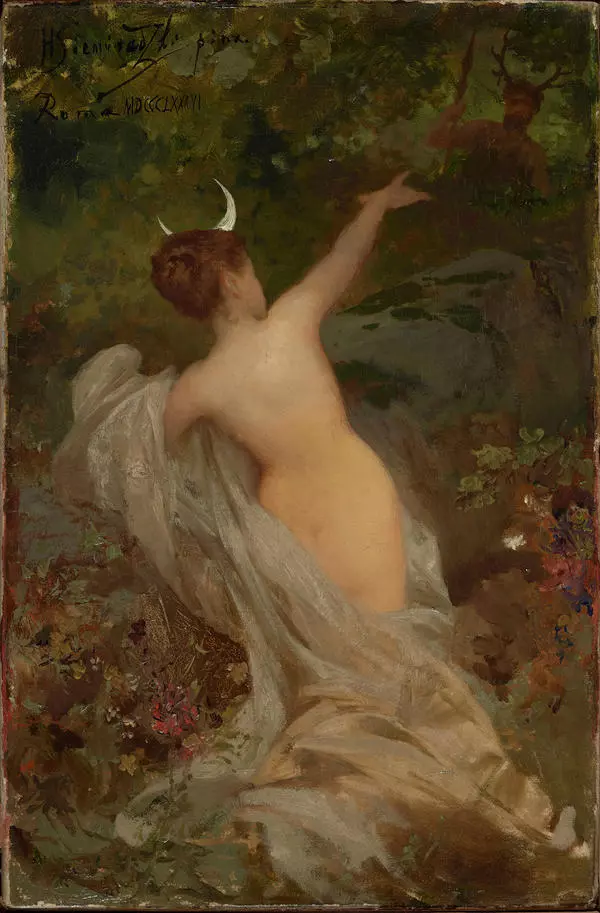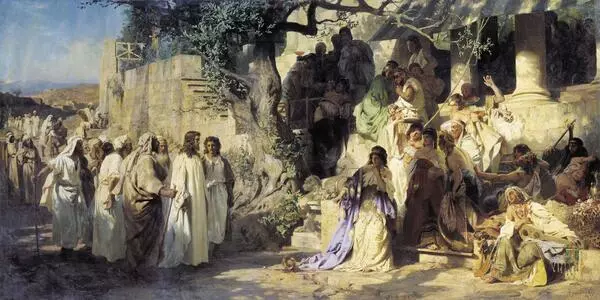The Khanty-Mansiysk Museum of Fine arts has a work, Two Figures next to the Sphinx Statue, by Russian academism painter Henryk Siemiradzki. It is a preparatory study for his monumental 7-meter wide canvas Candlesticks of Christianity, or Nero’s Torches. Siemiradzki spent some five years from 1872 to 1877 to complete it while staying in Rome for the Imperial Academy of Art’s scholarship.
The story in the painting is about the burning of early Christians in 64 A.D. Emperor Nero accused them of the Great Fire of Rome that destroyed 11 out of 14 city precincts. Following the accusations, Rome witnessed a wave of massacres – Christians were humiliated, tortured and executed.
The story in the painting is about the burning of early Christians in 64 A.D. Emperor Nero accused them of the Great Fire of Rome that destroyed 11 out of 14 city precincts. Following the accusations, Rome witnessed a wave of massacres – Christians were humiliated, tortured and executed.



